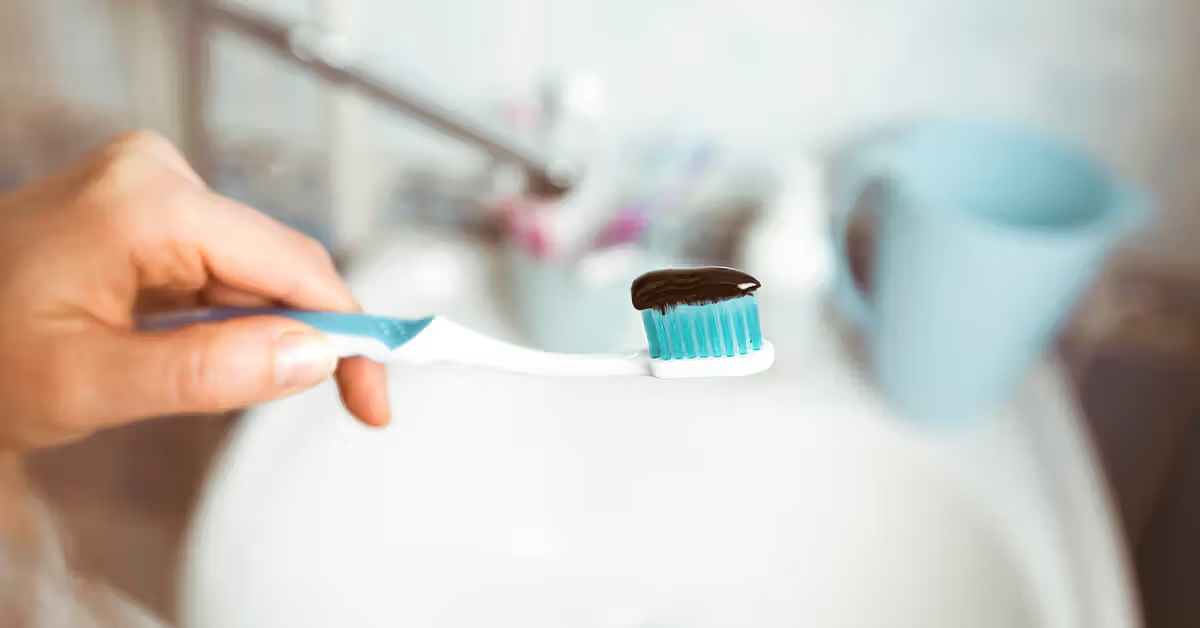- Home
- Medical news & Guidelines
- Anesthesiology
- Cardiology and CTVS
- Critical Care
- Dentistry
- Dermatology
- Diabetes and Endocrinology
- ENT
- Gastroenterology
- Medicine
- Nephrology
- Neurology
- Obstretics-Gynaecology
- Oncology
- Ophthalmology
- Orthopaedics
- Pediatrics-Neonatology
- Psychiatry
- Pulmonology
- Radiology
- Surgery
- Urology
- Laboratory Medicine
- Diet
- Nursing
- Paramedical
- Physiotherapy
- Health news
- Fact Check
- Bone Health Fact Check
- Brain Health Fact Check
- Cancer Related Fact Check
- Child Care Fact Check
- Dental and oral health fact check
- Diabetes and metabolic health fact check
- Diet and Nutrition Fact Check
- Eye and ENT Care Fact Check
- Fitness fact check
- Gut health fact check
- Heart health fact check
- Kidney health fact check
- Medical education fact check
- Men's health fact check
- Respiratory fact check
- Skin and hair care fact check
- Vaccine and Immunization fact check
- Women's health fact check
- AYUSH
- State News
- Andaman and Nicobar Islands
- Andhra Pradesh
- Arunachal Pradesh
- Assam
- Bihar
- Chandigarh
- Chattisgarh
- Dadra and Nagar Haveli
- Daman and Diu
- Delhi
- Goa
- Gujarat
- Haryana
- Himachal Pradesh
- Jammu & Kashmir
- Jharkhand
- Karnataka
- Kerala
- Ladakh
- Lakshadweep
- Madhya Pradesh
- Maharashtra
- Manipur
- Meghalaya
- Mizoram
- Nagaland
- Odisha
- Puducherry
- Punjab
- Rajasthan
- Sikkim
- Tamil Nadu
- Telangana
- Tripura
- Uttar Pradesh
- Uttrakhand
- West Bengal
- Medical Education
- Industry
Hydrogen peroxide and charcoal-based mouthwashes improve enamel color: Study

A new study published in the BMC Oral Health showed that whitening mouthwashes containing charcoal and hydrogen peroxide both lighten enamel's color without degrading its roughness. One of the most common conservative methods for addressing naturally stained teeth is still tooth whitening. Over-the-counter whitening solutions are commonly preferred by patients because of their ease of application, affordability, and accessibility through pharmacies, supermarkets, and internet shopping. To help with oral hygiene, mouthwash is used to stop halitosis which is made up of water, salts, coloring agents, antimicrobials, and occasionally alcohol. The hydrogen peroxide content in whitening mouth washes is usually modest, ranging from 1.5 to 6%. This study by Mayada Sultan compared the surface roughness, color, and color stability of enamel to see how hydrogen peroxide-based whitening mouthwashes performed. Because of its white seal technology, the whitening mouthwashes utilized in this study can prevent further stains.
In this investigation, a total of 21 permanent central incisor teeth that were pulled due to periodontal disease were utilized. The roots of the teeth were sectioned, and the crowns were set in blocks of self-curing acrylic resin. The specimens were randomly assigned to 3 groups (n = 7) depending on the whitening mouthwash that was tested: the control group (DW) (distilled water), the OW” group (Colgate Optic White) (peroxide-based mouthwash), and the CP” group (Colgate® Plax Charcoal) (charcoal-based mouthwash). For a total of 12 continuous weeks, the specimens in the ‖OW" and ‖CP" groups were submerged in 20 milliliters of the mouthwash under test for one minute, twice a day (in the morning and the evening). Surface roughness (Ra) was measured using a white light interferometer, and color change was evaluated with a VITA Easyshade spectrophotometer. Black tea solution was used to stain the specimens, and color stability was evaluated by measuring the color after 24 hours of immersion.
The color change findings showed that there was no discernible difference in the ability of the two whitening mouthwashes to restore color when compared to the control group. The control group had the greatest mean Ra value in terms of surface roughness, followed by the OW" group and the CP" group, which had the lowest mean Ra value. In terms of color stability following staining, the control group outperformed the CP" and OW" groups by a substantial margin. Overall, given the constraints of the current in vitro investigation, it is possible to draw the conclusion that mouthwashes containing charcoal and hydrogen peroxide lighten enamel while having no negative effects on its surface roughness.
Reference:
Sultan, M. S. (2024). Effect of hydrogen peroxide versus charcoal-based whitening mouthwashes on color, surface roughness, and color stability of enamel. In BMC Oral Health (Vol. 24, Issue 1). Springer Science and Business Media LLC. https://doi.org/10.1186/s12903-024-04631-w
Neuroscience Masters graduate
Jacinthlyn Sylvia, a Neuroscience Master's graduate from Chennai has worked extensively in deciphering the neurobiology of cognition and motor control in aging. She also has spread-out exposure to Neurosurgery from her Bachelor’s. She is currently involved in active Neuro-Oncology research. She is an upcoming neuroscientist with a fiery passion for writing. Her news cover at Medical Dialogues feature recent discoveries and updates from the healthcare and biomedical research fields. She can be reached at editorial@medicaldialogues.in
Dr Kamal Kant Kohli-MBBS, DTCD- a chest specialist with more than 30 years of practice and a flair for writing clinical articles, Dr Kamal Kant Kohli joined Medical Dialogues as a Chief Editor of Medical News. Besides writing articles, as an editor, he proofreads and verifies all the medical content published on Medical Dialogues including those coming from journals, studies,medical conferences,guidelines etc. Email: drkohli@medicaldialogues.in. Contact no. 011-43720751


